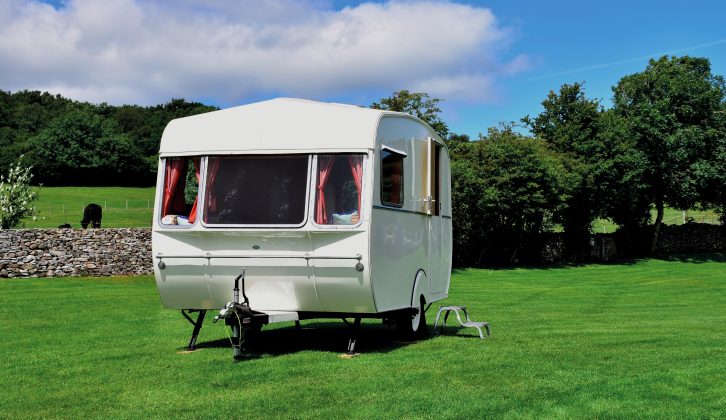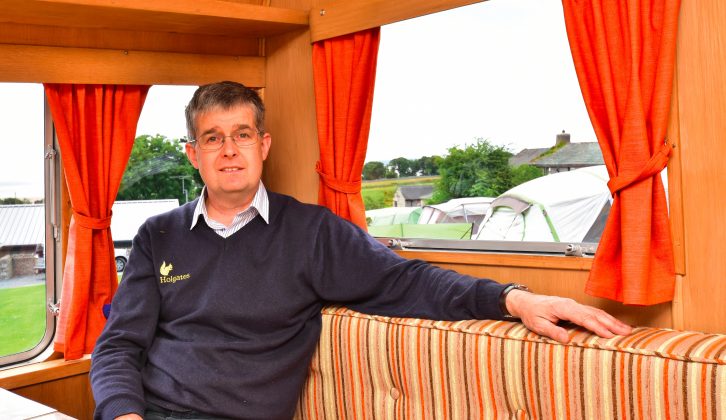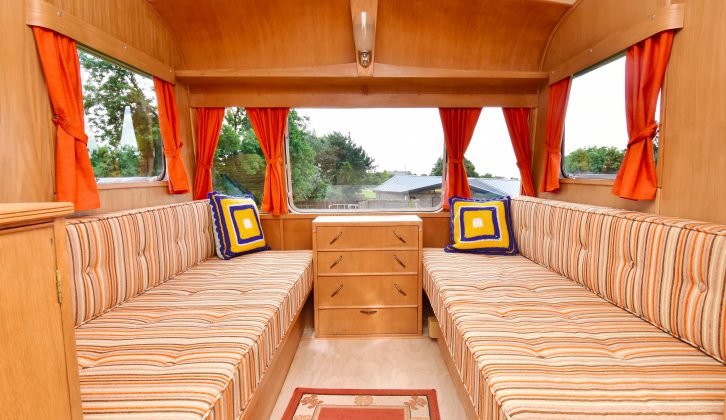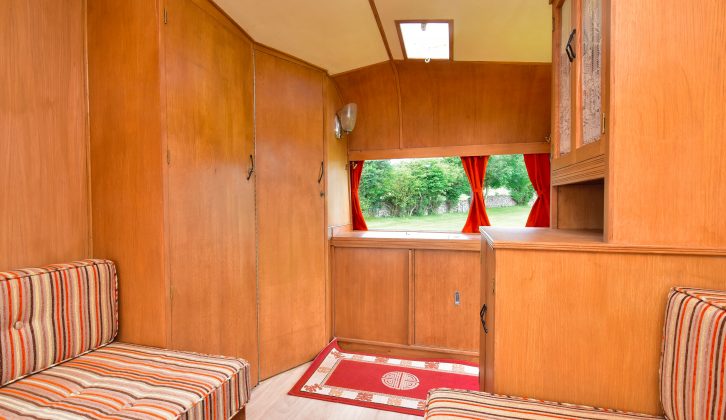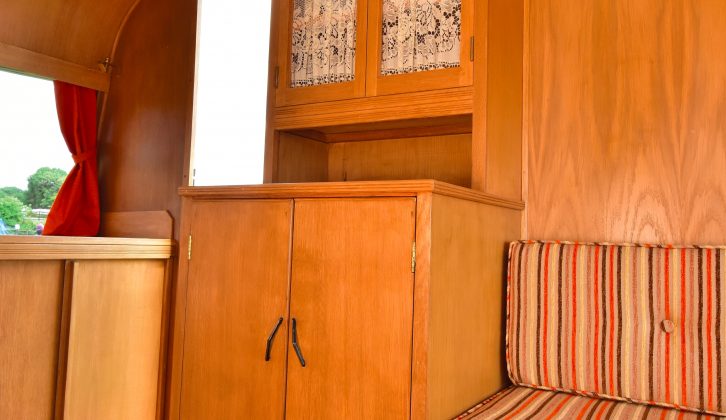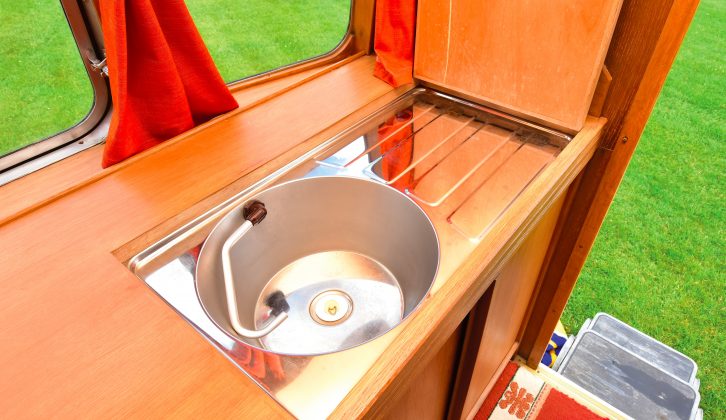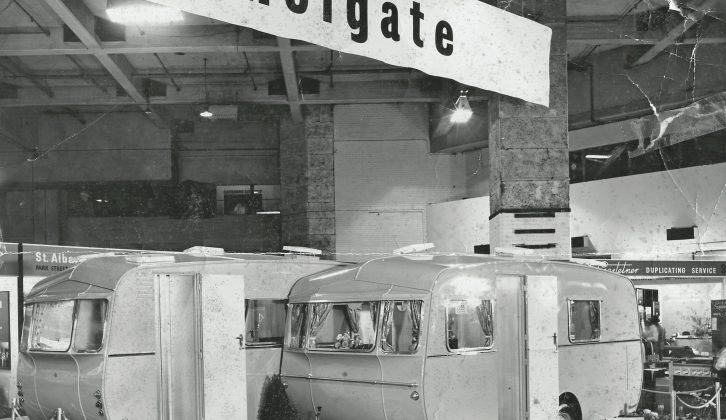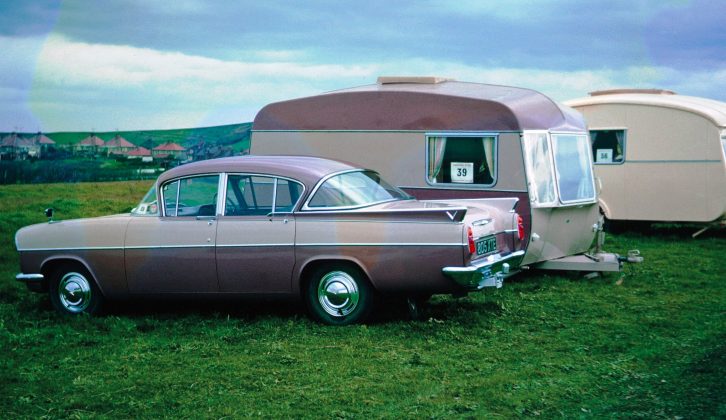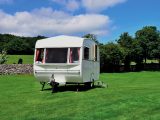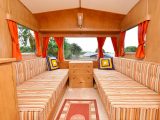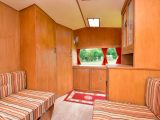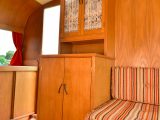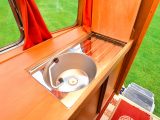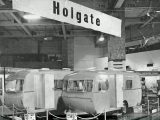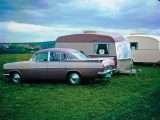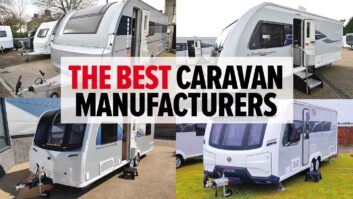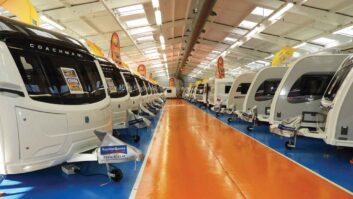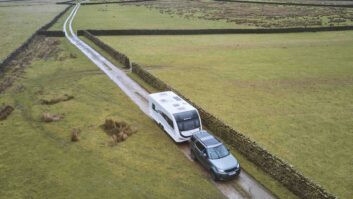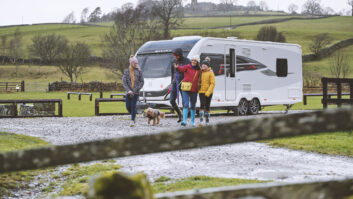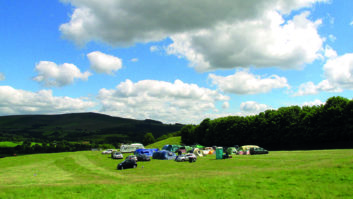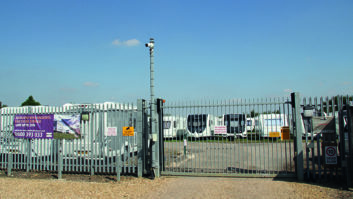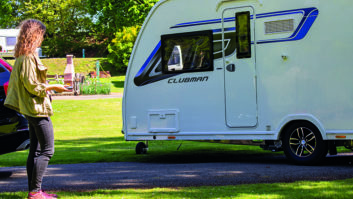Back in 1956, Billy Holgate founded his first caravan park: Holgates in Silverdale, Lancashire. With his wife, Miriam, he set about turning scrubland into a site for both tourers and statics.
His sons, Martin and Frank, would also become actively involved with the park as it was developed. Tragically, Billy died, and the park was taken on by their two sons.
Over the years the caravan park grew and grew, but it was decided by the brothers that a demerger was the next step.
Frank, and his wife, Judith, began to strengthen the Holgate parks group, acquiring further sites over the coming years with eldest son Michael at their side. Fast-forward to the present day, and Holgates now has six parks at which to celebrate its 60th year in the business.
Did you know?
However, the roots of the business had grown even before that first park had opened. Holgates had become a caravan manufacturer in earnest after WWII.
Billy and Miriam had enjoyed camping during the 1930s so, when he became the owner of his father’s joinery business in Accrington, Billy made a caravan to use for himself.
After the war he sold that van, before building another. Soon Billy had set aside part of the factory to construct caravans for sale. Before long, Holgate tourers were being manufactured full-time.
By the early 1950s, Holgates had become firmly established as a manufacturer with a reputation for making high-quality tourers, including some to order.
The firm exported to Switzerland, and these upmarket, handbuilt vans were retailed by a select group of dealers and wore evocative names such as the Silver Arrow and, as here, the Silver Wren. It wasn’t unusual for Holgates to build specials including larger vans, either.
However, by the end of the 1950s, Billy realised that the touring caravan was about to become more affordable as a result of mass production, and that the handbuilt luxury caravan market would become more niche. So he began thinking of the future and looked at a less-expensive manufacturing process.
Keeping it in the family
After Billy died in 1960, sons Martin and Frank were left to look after the factory, as well as the new parks venture. By 1964, the last Holgate tourer had left the factory.
Pleasingly, though, the current generation has given a nod to the past: Michael Holgate, grandson of Billy, has collected three Holgate tourers over several years.
Before Michael’s dad, Frank, sadly passed away two years ago, he had acquired a pair of 1960s Holgate caravans. The decision was taken to restore at least one of the three for Holgates’ 60th anniversary in 2016.
The 1962/3 Silver Wren two-berth caravan was sent to Lucy Jane Caravans, a restorer of old tourers in Sussex. Michael wanted to keep the Silver Wren in original spec, so requested that as much as possible of the interior should be retained.
After several months, the vintage caravan was ready to pick up, and it was taken back to Lancashire on a low-loader.
True craftmanship
At just over 3.62m long and 2.10m wide, the Holgate was a spacious tourer for two when it was built in the early 1960s. It also followed the then-popular layout of a front lounge and a rear kitchen, with a corner washroom.
The Silver Wren wasn’t a lightweight at the time, though: its MiRO came in at 717kg, and its MTPLM at around 815kg. It was built on a Peak Trailers chassis and, being steel, it needed painting every few years to keep rust at bay!
Its spec was low-key in comparison to that of a modern tourer. There was just a simple two-burner hob and grill, and a sink with hand-pumped cold water. Storage was at a premium, with few overhead lockers fitted.
The furniture was handbuilt, and oak veneers were widely fitted. Quality and craftsmanship played a big part in the Holgate manufacturing process, and are still evident when you look in the van now.
A practical caravan
Back in the day, the Holgate was classed as an upper-mid-market tourer, and its distinctive profile remained the same for many years.
The interior of this model was certainly practical, too. The front lounge could be used as two single beds, or made into a double using the table as a base.
Gas lights – of which there were two – gave all the night-time illumination that you could need.
No heating was fitted back then, but a small, chrome-finished gas tap on the offside front seat base meant that a freestanding gas fire with pipe could be operated – but you had to keep some windows open!
The side dresser offered storage, as did the central chest of drawers. The wardrobe was full-height, but the corner washroom was basic, with no hand basin or artificial lighting – although that wasn’t unusual when this now vintage caravan was new.
Looking ahead
Michael hopes to get his two other Holgates restored at some stage, but this one is as fine an example as you’re likely to see.
Holgate’s tourers certainly gave the firm the foundations to begin its parks business, and since then, Michael’s vision for developing the company has seen the Holgates empire flourish. It’s still family-run, though, and the parks have proved to be a real success.
And the good news is that Michael Holgate has more plans in the pipeline – but says that caravan manufacturing is definitely not on the cards!
Quality and craftsmanship played a big part in the Holgate manufacturing process, and are still evident when you look in the van now
